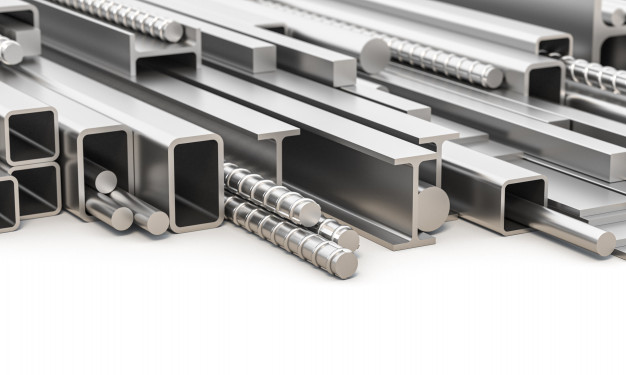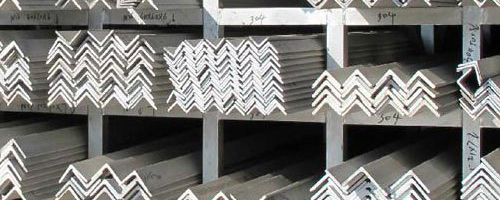Structural Steel Fabrications refer to the bending, cutting, and welding of steel to make many different goods. During structural steel fabrication, a series of individual pieces of steel are joined together to form the different structures of varied shapes and sizes intended for assembly to buildings, mechanical tools, machinery, and many other applications. Structural steel can also be used in the fabrication of stairs, columns, beams, columns, and other such structures. The process of structural steel fabrications is often carried out in factories and foundries where many products of this kind of construction are made.

Most structural steel fabrication work is done manually; however, machines have been developed that can speed up the fabrication process and save on costs as well. In most cases, fabricators assemble sections of fabricated steel sections to build a complete building or piece. Some of the more common uses of structural steel fabrication machinery include welding and cutting, welding Inspective testing, Laser inspection, bending and twisting, and cold work.
Some typical tasks performed by structural steel fabrication machinery are straightening, welding, cutting, routing, bending, cutting, and joining. Some machines used in structural fabrication are hydraulic grinders, water jetters, water jet cutters, vibration isolation grinders, vibratory table grinders, ultrasonic welding grinders, wire feed grinders, robotic welding machines, laser boresight cutters, and water jetters. In addition, there are many instruments used in structural fabrication processes to make sure that the entire building or piece is constructed accurately and safely. Some examples are computer-aided design machines, programmable logic controls, programming machines, and plasma cutting machines.
Because there are so many benefits and uses to Structural Steel Fabrication, most material fabricators prefer to use a fully automatic machine. This increases the time it takes to get finished and reduces the number of mistakes. However, manual fabrication may be an acceptable option for some applications and certain companies. Companies that choose to fabricate with a manual machine should ensure that the Fabricator is qualified to do so and have experience doing so. Qualified Fabricators have the ability to quickly measure the material, prepare all required joints, and produce accurate final parts that are properly connected.
All Steel fabricators must be licensed by the appropriate regulatory body to ensure quality work. This helps ensure that suppliers can provide safe products and reduce potential safety hazards. Many organizations offer training and seminars for new as well as existing fabricators. These seminars can often be combined with on-the-job workshops that help fabricators learn new techniques and methods to reduce waste and increase productivity.
Some of the most common structural steel fabrication methods include gas tungsten arc welding processes, straight metal arc welding processes, and pulsed laser beams. These processes differ from one application to another, depending on the type of part being manufactured and the required strength and precision. Most steel fabricators now use CNC machines to perform all of their production work. In fact, most metalworking shops, large and small, are now incorporating CNC or computer numerical controlled machines into their structure fabrication and production processes.
View More: Promec Engineering Pty Ltd
















